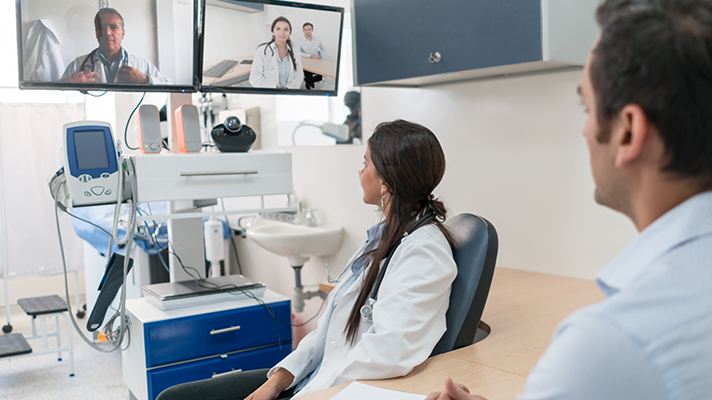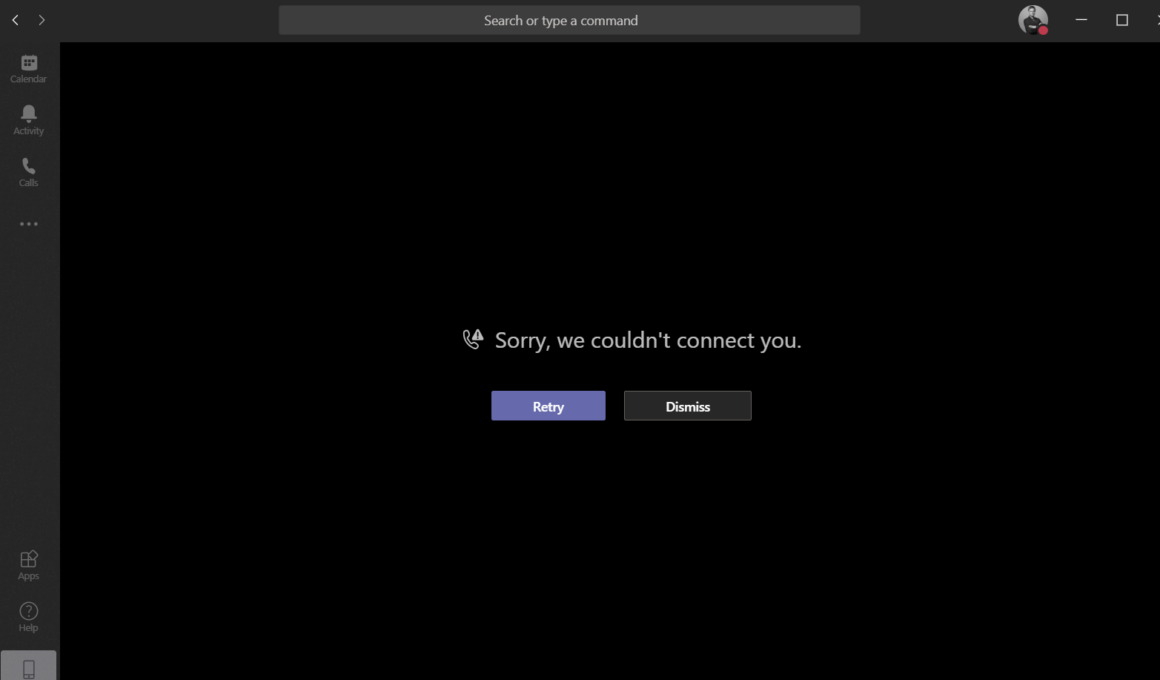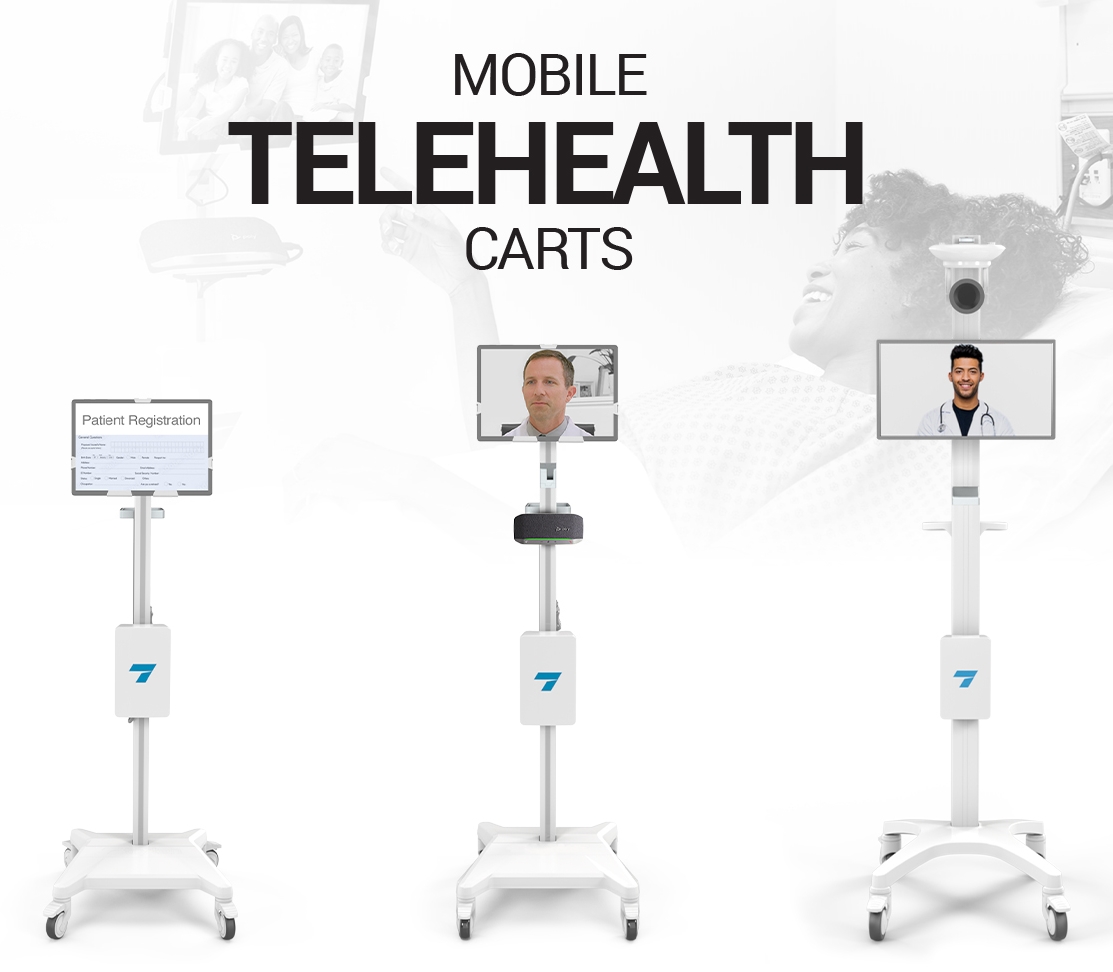How to Choose Telehealth Equipment
The Australian Government is investing $106 million over 4 years to support permanent telehealth services. This will allow GPs, specialists, and allied health professionals to continue consulting with their patients by phone or online well into the future.
It is therefore worth investing in technology that will support this. Technology used for video consultations needs to be safe, provide an effective video conferencing platform, and fit for the clinical purpose of the consultation. Equipment and networks need to be secure to ensure patient privacy and confidentiality. They should also be reliable, user-friendly, and of a high quality, enabling good communication between participants and appropriate clinical assessment.
In this article we provide tips for choosing equipment and ensuring it is set up effectively.

How to choose a platform
When choosing video conferencing software for telehealth, consider:
- The security of the system – can the technology ensure privacy and confidentiality?
Healthcare providers should check that the platform they choose satisfies privacy laws. Security of particular aspects such as file storage, chat functions, and location of servers should also be considered. For more information on the security features for some popular platforms see our guide here.
- The functionality of the system – will it enable you to achieve what you need clinically?
Video conferencing platforms such as Zoom and Teams allows multiple attendees and sharing of screens but may not be accessible for all patients or clients. Platforms specifically designed for health providers are also available.
- Accessibility of the system – is it user-friendly and can it be easily accessed by your clients?
There are many simple, freely available video apps that operate on smart phones. For example, Skype, WhatsApp, Facebook Messenger, and FaceTime are popular and easy for video calls on an as-needed basis. However, these platforms may not offer the required functionality or security.

How to choose technical equipment
In addition to a physical device and video conferencing platform, telehealth video consultations require good-quality audio and video to enable smooth communication during the consultation.
Some professions will have a greater emphasis on visual information obtained during consultations, but for all scenarios the quality of care that can be delivered via telehealth depends on the quality of technical equipment and connectivity. Simple devices with video apps are convenient for clients but dedicated videoconferencing equipment is recommended for providers. This includes:
- A camera for video
- a monitor for display
- a microphone and headphone/speakers
Cameras built into laptops and screens are generally low quality and performance can depend on lighting conditions. An external webcam will provide higher resolution images that are more appropriate for telehealth.
When choosing a webcam, consider the field of view required and need to zoom in and out. If you are going to be demonstrating an activity you may be further away from the camera at different times during the consultation. You may even want to have multiple cameras to show different angles or a camera that is able to be moved easily.
When setting up a webcam, keep the camera close to the screen to help create the perception of eye contact during conversation.
Even in a video consultation, audio quality is still important. So, you should determine whether the microphone and speaker quality in your computer or device has sufficient audio quality, or you need to purchase additional equipment.
A headset will generally produce the best quality audio as the distance between the microphone and speaker’s mouth remains constant regardless of their position. This may be important if you are demonstrating something away from your computer during a consultation (a wireless headset may be the best option in this case). Headsets also help reduce feedback and echo.

How to manage technical issues
You should know how to test the communications software and hardware you use for telehealth video consultations. This includes any external audio/visual devices or other equipment connected to the video conferencing platform. You should also know how to adjust any equipment as needed during a consultation.
Even after the equipment has been tested, technical failures can sometimes occur. You need to have a contingency plan in case this happens during a consultation. This should be covered briefly with patients at the beginning of a video consultation.
The contingency plan could be as basic as completing an interrupted consultation by phone or rescheduling the appointment if viable. It is important to confirm patients’ contact details and ensure they have their phone with them to enable this.
If there are problems with the quality of a video consultation, here are some other options you can try.

PrintDATA’s Virtual Visitor cart is designed as an all-in-one telehealth solution for doctors and patients. It is a portable trolley that supports all the equipment you need for telehealth consultations, including high-quality video cameras, speakers, and other accessories. It also enables patients to connect with friends & family over video, avoiding exposure to infectious pathogens.
It is designed to be lightweight, is easily positioned, has a minimal footprint, and accommodates different types of telehealth encounters by supporting all sorts of medical peripherals. Find out more here.
For more information on the security features and compliance of some popular video conferencing platforms see our guide here.